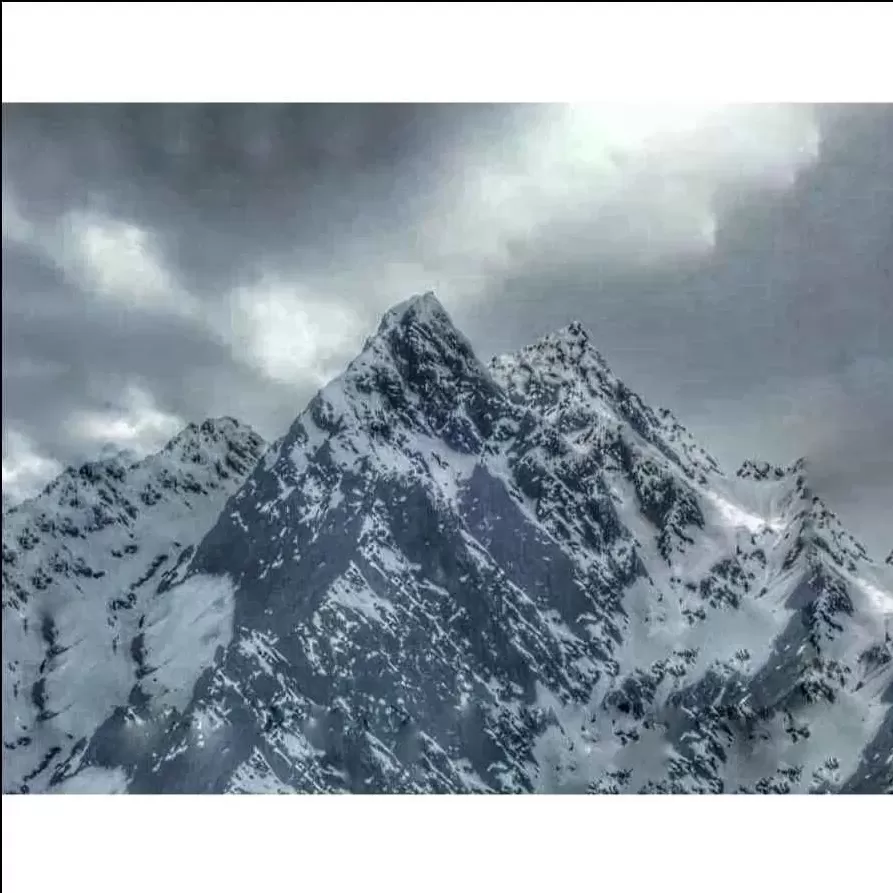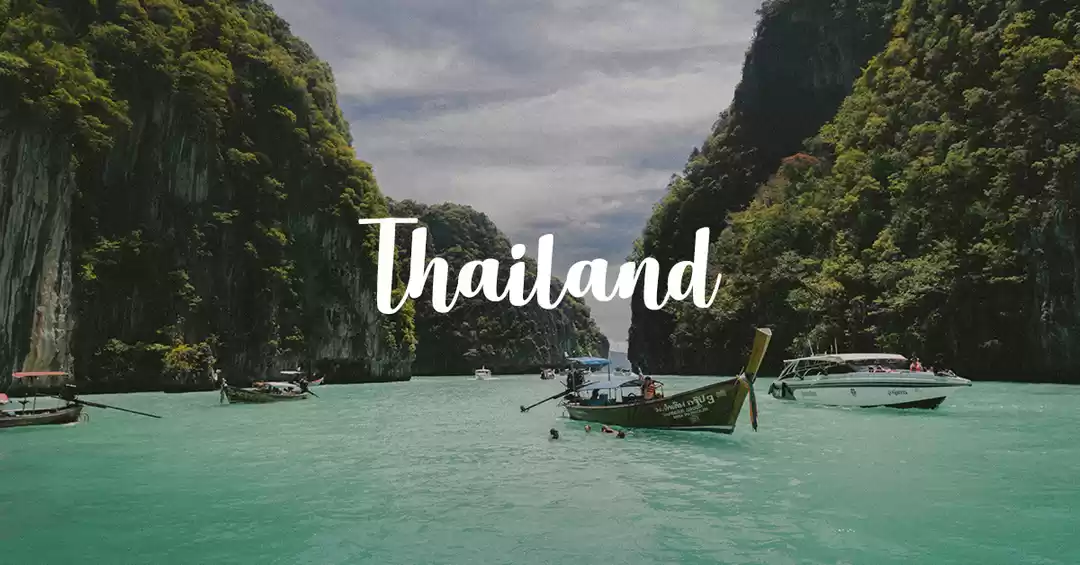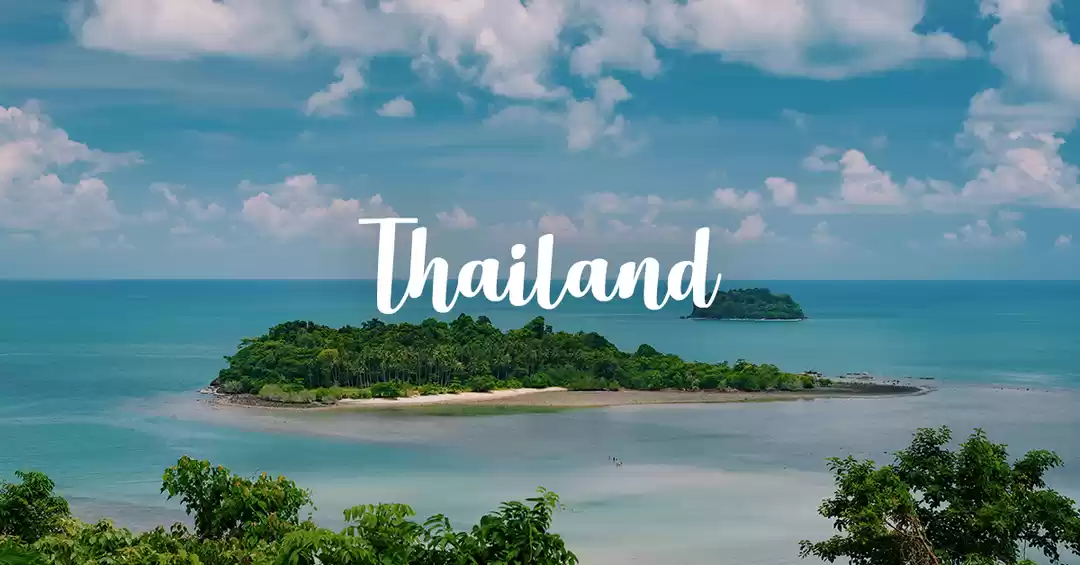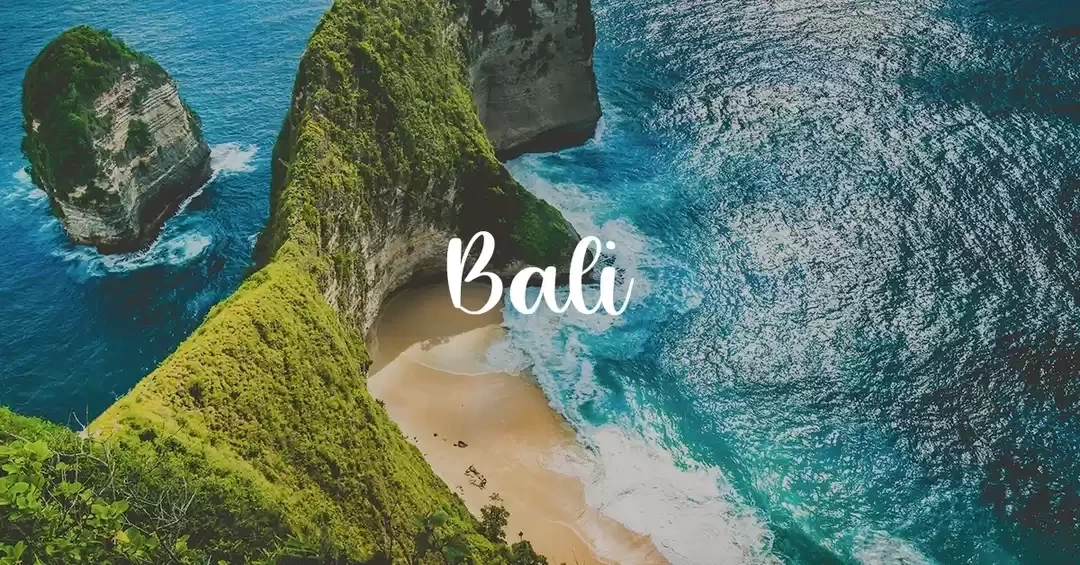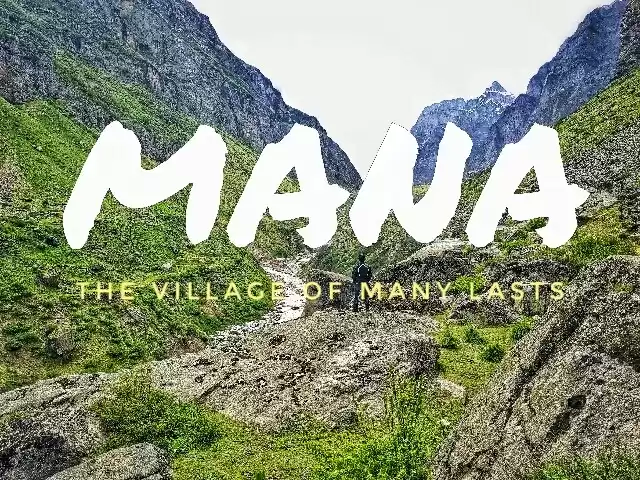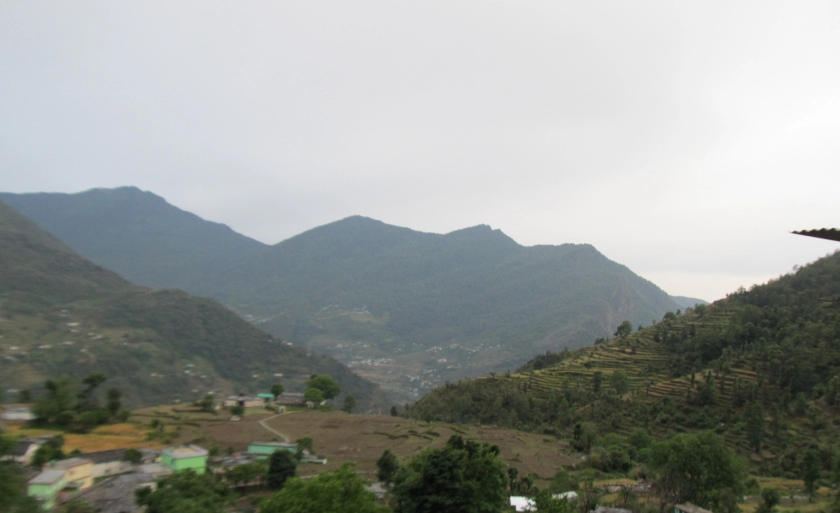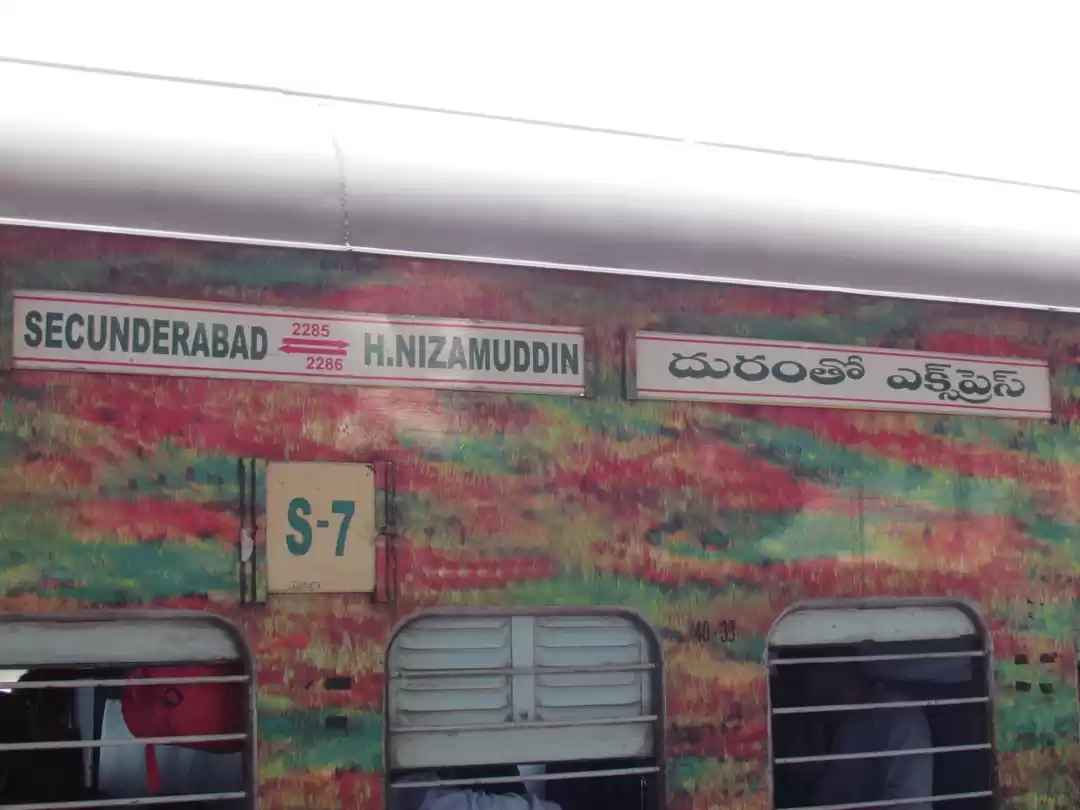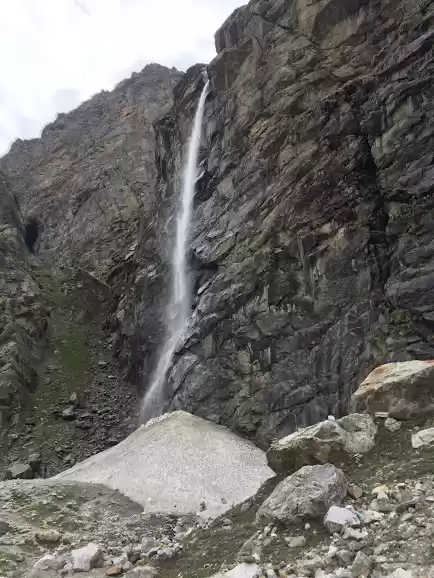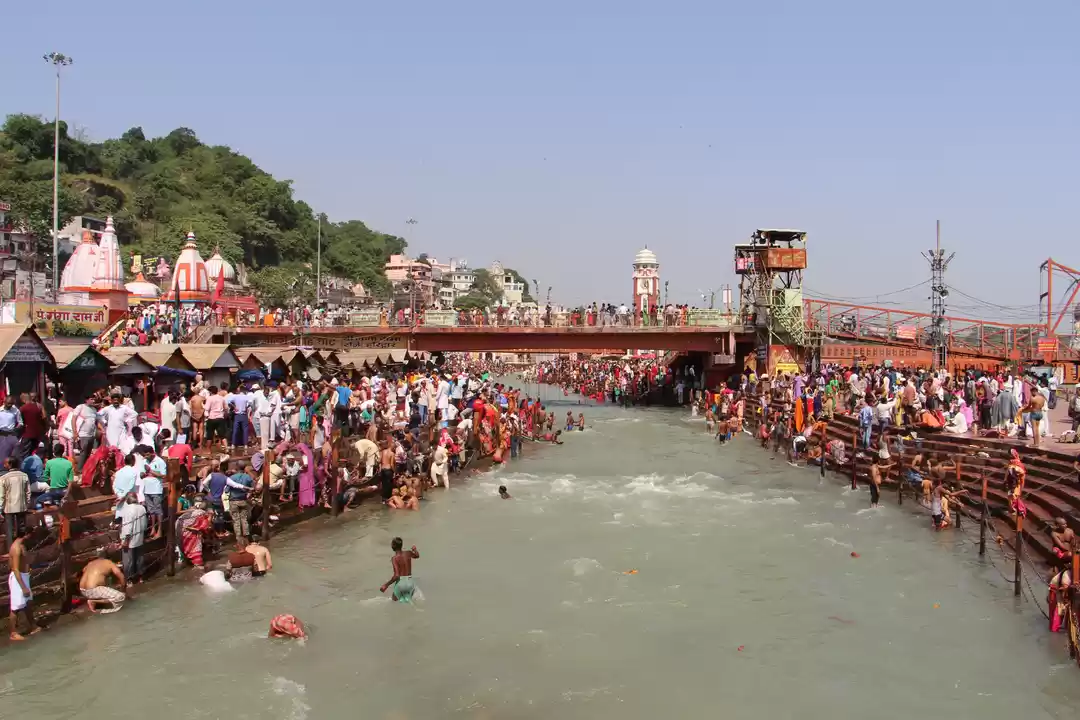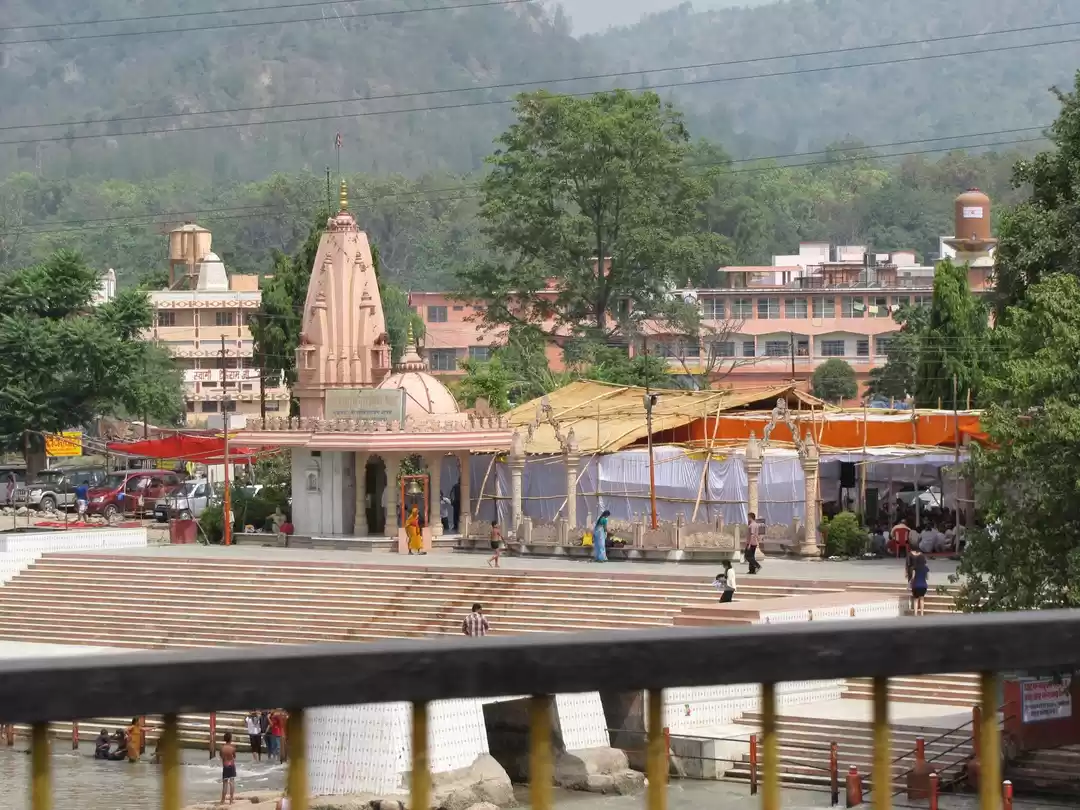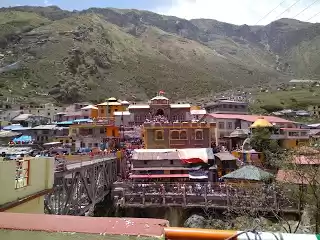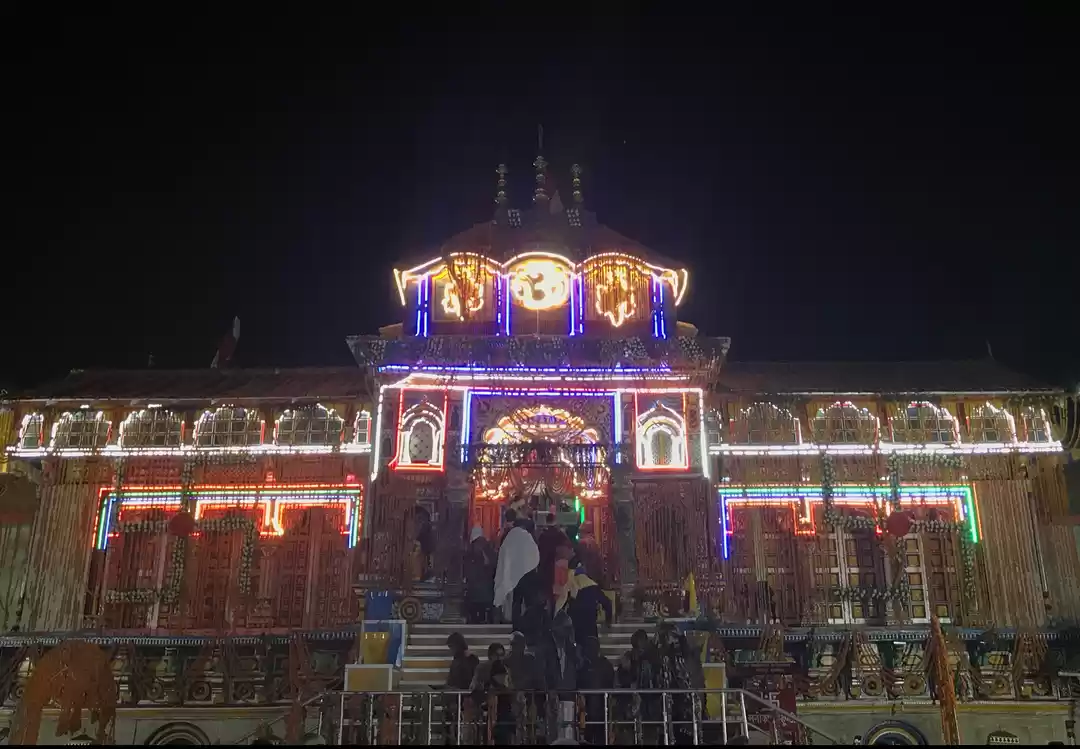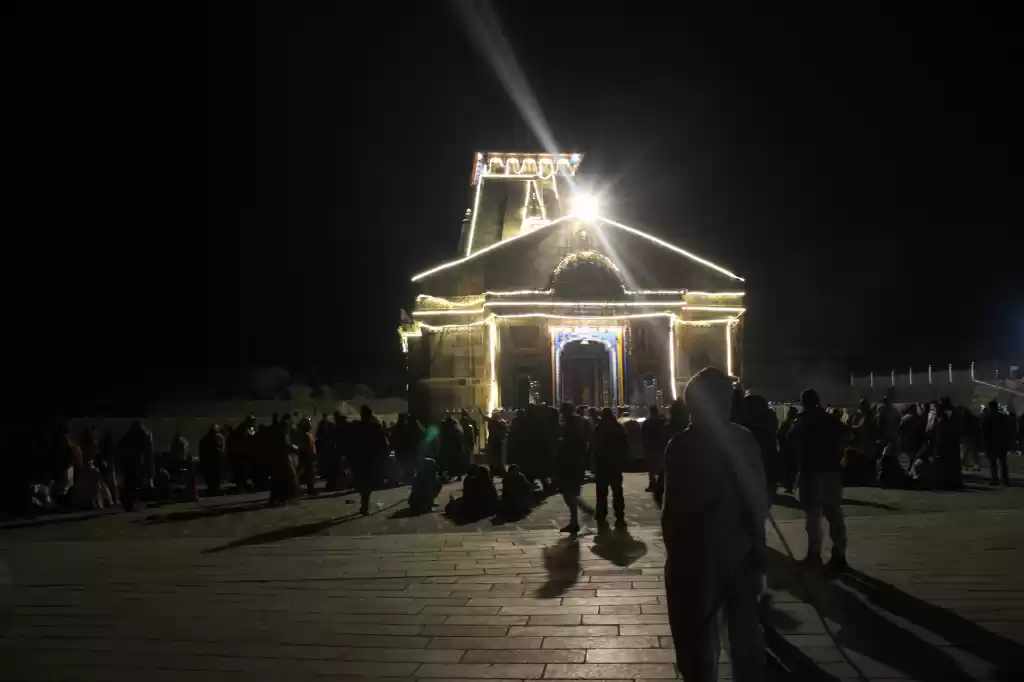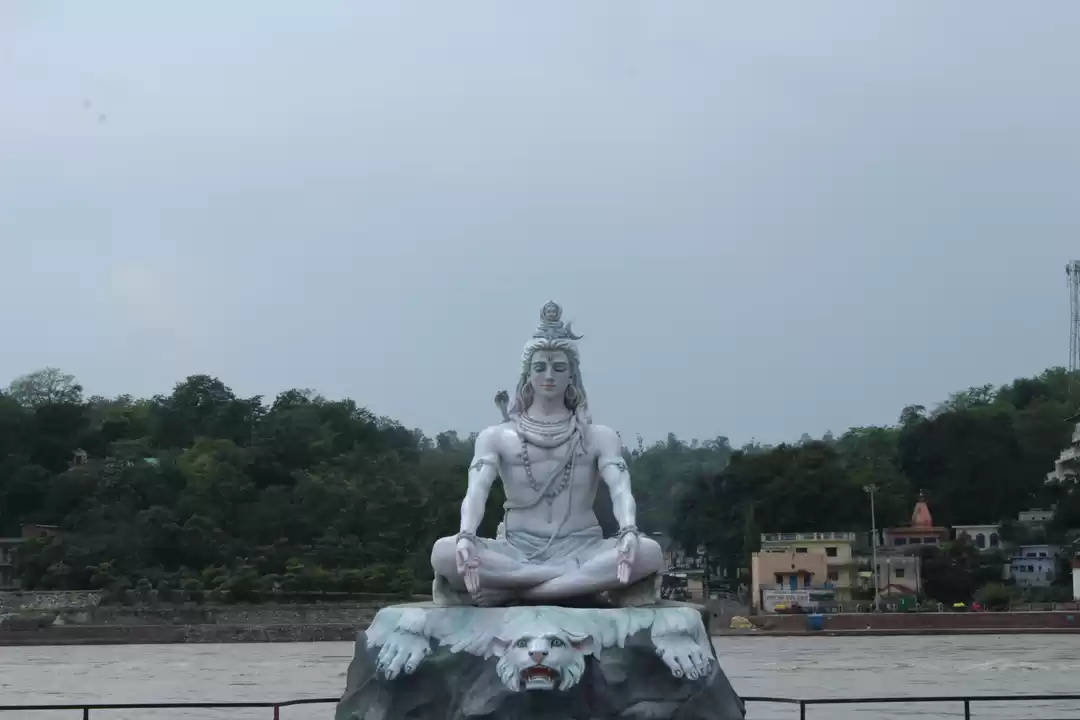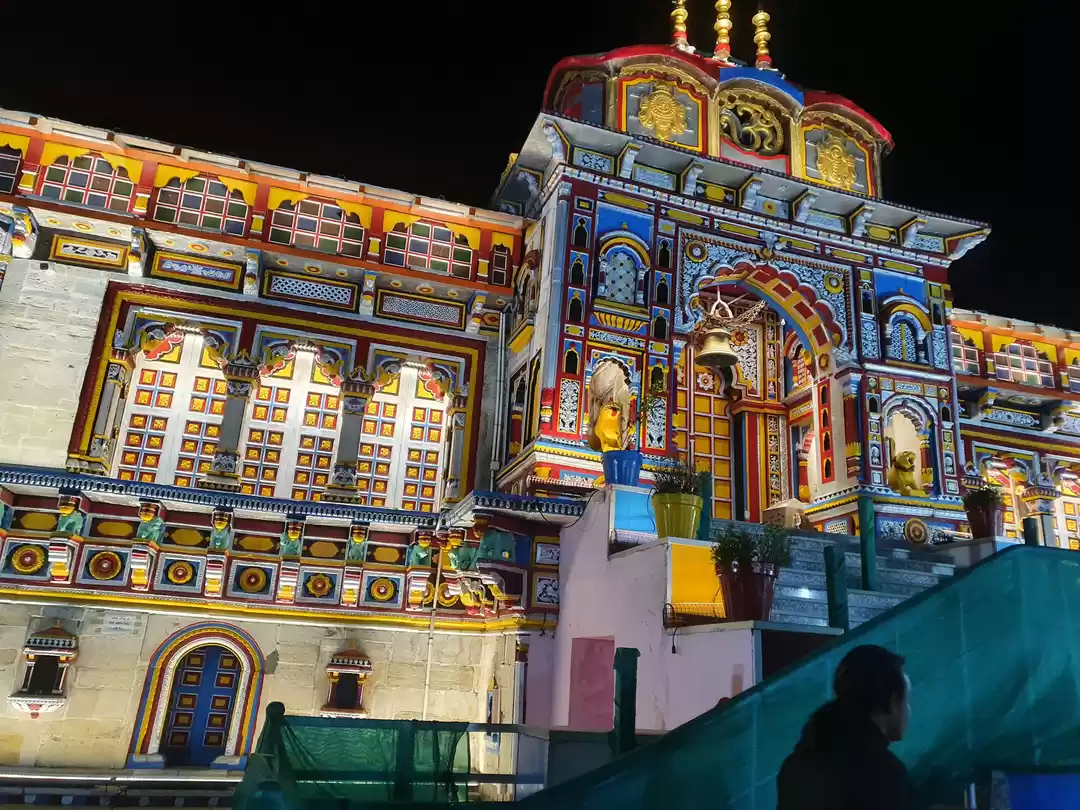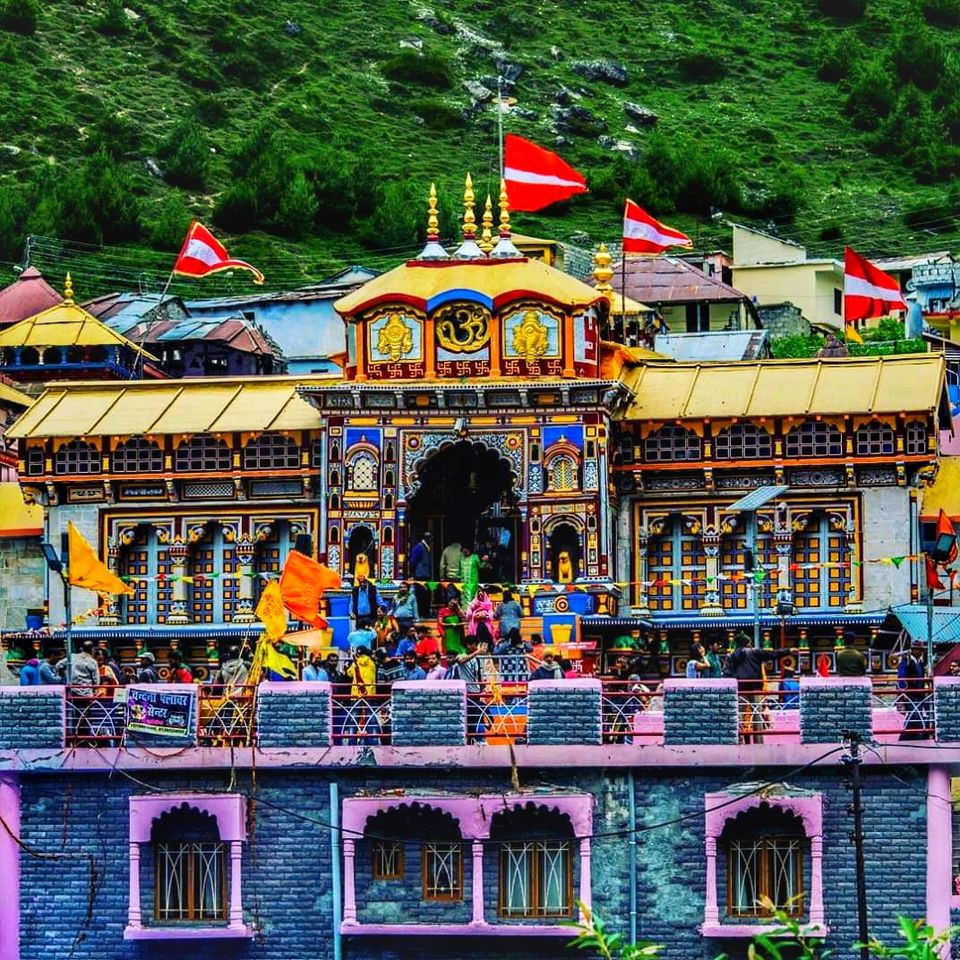
Uttarakhand's Chamoli district is home to the holy town and panchayat of Badrinath. It takes its name from the Badrinath temple and is one of India's Char Dham pilgrimage sites. The temple of Badrinath is devoted to our Lord Vishnu. Badrinath is roughly 320 km from Haridwar and takes about three days to reach.
Originally, we traveled to Haridwar from New Delhi at 6:45 am on the Dehradun Shatabdi Express. Located on a peak close to Haridwar, the Mansa Devi Temple is well-known. We went to the top of the mountain in a lift, where we worshipped. After offering our prayers at the Mansa Devi Temple, we set out to drive to Badrinath. We had one car reserved from Haridwar for that day. Haridwar and Badrinath are separated by about 320 kilometres, which includes a 300-mile zigzag, a 20-kilometer air route, and several extremely perilous and challenging mountain ranges. Leaving at six in the morning from Haridwar.
We reached the town of Devprayag, which is where the three rivers Ganges, Alakananda, and Bhagirath merge. The Alakananda River originates in Badrinath, and many people used to visit this place to enjoy its waters. The route was very dangerous, with lots of blind corners, rocks falling off the mountains, and bad weather. About 2:00 p.m., a large stone suddenly descended the mountain, totally destroying the car from the top down while it was traveling slowly in front of us. They avoided a collision even though five people—including the driver—were hurt.
We had traveled for several hours before reaching Joshimath town, where we had spent the night. The town was extremely chilly. It was on this route that we had grown very afraid. We were too tired to be of any use.
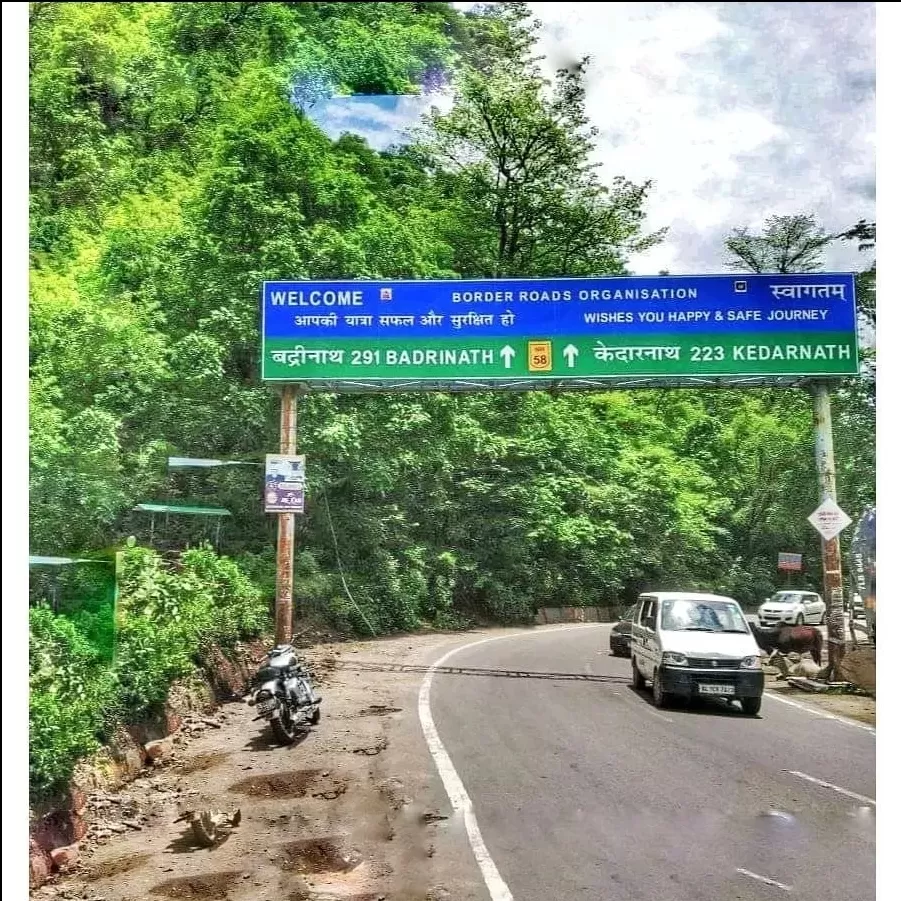
After arriving at Joshimath on the first day, we set out to reach Badrinath the following morning in the bitter cold. The entire trip to Badrinath took about one hour and thirty minutes. It was an amazing view of Badrinath Temple. In addition to the extreme cold, I wasn't feeling well at the moment. As I was entering the market, I noticed that there was a large kund known as a tapti khund that people used for bathing. At the temple, we performed our two hours of worship.
Next on our itinerary was the First Indian town we would visit, Mana. The Saraswati River was formed in the hamlet of Mana. I learned that the distance from the outside to Mana Town is 47 kilometres when we got there. It would take an additional 47 kilometres to reach the Chinese border, I learned as we arrived in Mana Town. There are sizable mountains visible on the China-India border. I had no idea how many places there were in Mana. I think we left at three o'clock that same day to head back to the town.
We embarked on this journey with the intention of returning home, but we were unable to do so. We thus stayed in Srinagar, which is a great place to live.
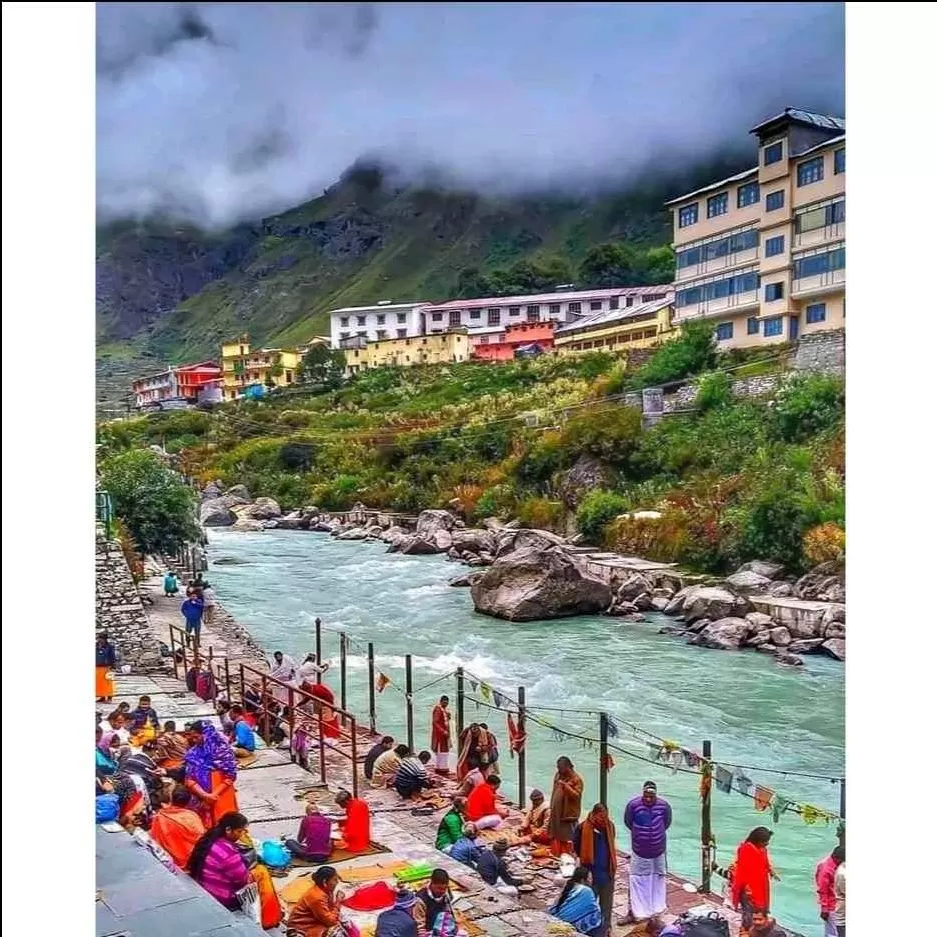
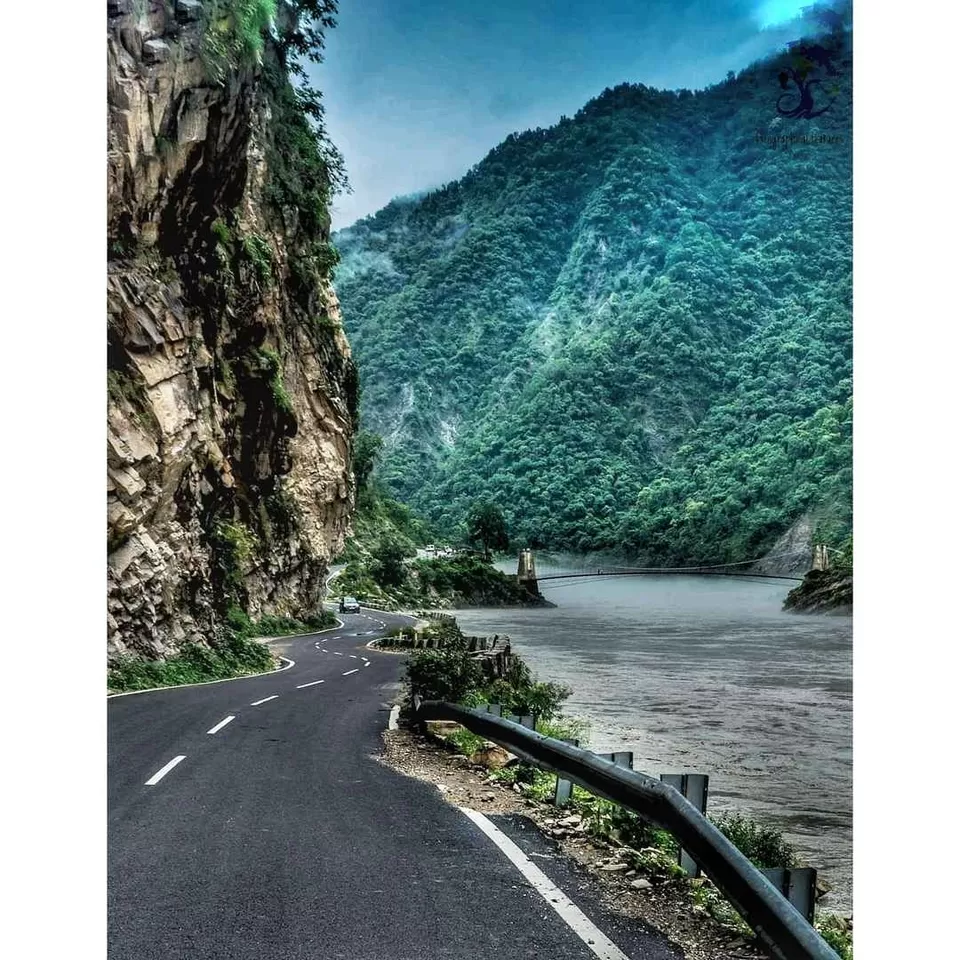
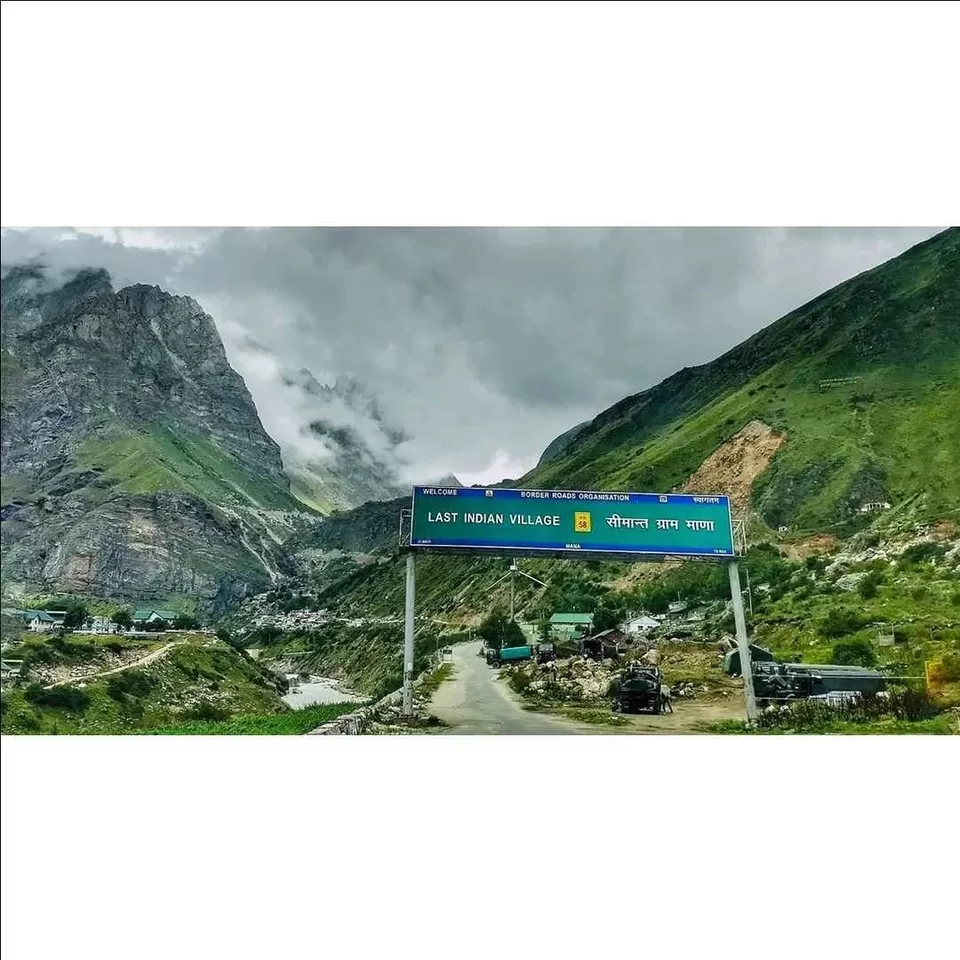
In the morning, we had breakfast in Srinagar. After that, we made our way safely from Badrinath to Rishikesh so we could see Lord Ram and Laxman Jhula, which was about 156 miles away. Because of how dangerous the Badrinath route was, I didn't have a great experience. The trip to Badrinath lasted three days, and all four of Uttarakhand's Char Dhams—Yamnotri, Gangotri, Kedarnath, and Badrinath Temples—can be reached by helicopter. It takes no more than ten days to worship all of Uttarakhand's Char Dhams.
